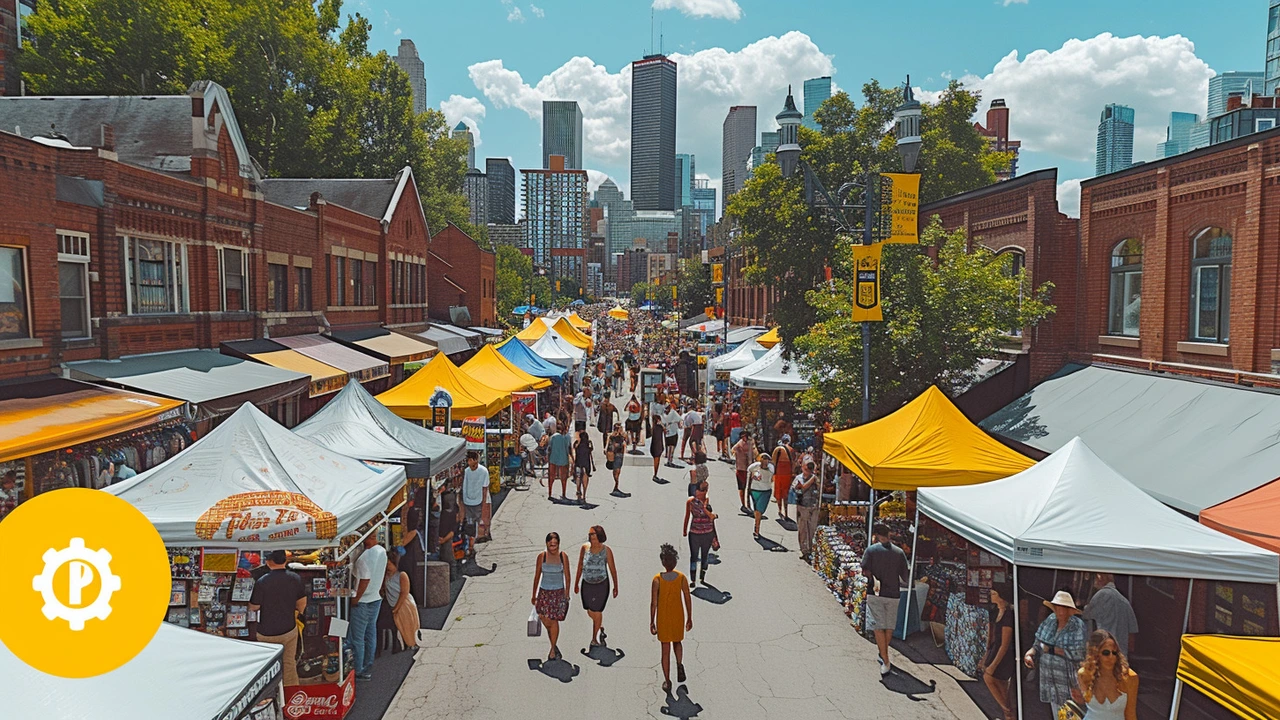Art Evolution: How Styles Changed and Why They Matter
Art doesn't move in a straight line. It jumps, twists, and borrows. This page collects clear, short reads that show how art shifted from religious murals to pixel art, and why those shifts still shape what you see every day.
Start by spotting big turning points: Baroque pushed drama and emotion into religious and royal spaces; Cubism broke objects into shapes and forced viewers to see multiple sides at once; Bauhaus mixed craft with mass-made objects and changed modern design; Abstract Expressionism put raw feeling on the canvas; Photorealism brought painting so close to cameras it looked like photos. Each jump changed tools, audiences, and what artists wanted to say.
Look for links on this tag to get specific stories: read "Baroque Art: A Closer Look at Genius and Drama" to feel how paint tricks drama, then "Cubism: The Art Movement That Shook Up Art" to see how form got reworked. Follow that with "Bauhaus Modernism" pieces to understand how design moved from ateliers into factories. If you like modern experiments, check "Fluxus" and "Installation Art" posts to see how artists broke the gallery rules.
Practical ways to explore art evolution
If you're building taste, don't try to learn every name. Pick one movement and trace three things: what tools artists used, who paid for the work, and how viewers reacted. For example, trace Photorealism by comparing photos and paintings in "Photorealism Art" and then look at "Top 10 Photorealism Artists You Must See" for concrete names. For modern city design, read "Land Art’s Impact on Modern Urban Design" or "Futurism’s Impact on Smart Cities" to see art influencing public space and tech.
For creators: copy one technique from an older movement and twist it. Try Baroque lighting with a modern subject, or use De Stijl's grid for a poster. For collectors: focus on condition and context. A small Cubist study can be more revealing than a large print with no history.
Where this tag helps you next
This tag is a map. Use it to jump between detailed histories like "Harlem Renaissance" and practical pieces like "Avant-Garde Home Décor." Read essays that explain why movements mattered, then open how-to pieces to apply ideas at home or in projects. If you're curious about influences across cultures, check "Ukiyo-e and Its Influence on Japanese Tattoo Art" and "Primitivism in Art" for clear examples of cultural exchange.
Keep coming back as more posts are added. Each new article links styles, shows cause and effect, and gives quick, usable ideas you can try or read next. Use the tag to build a personal timeline of art that fits your interests.
Want a quick challenge? Pick three posts from different centuries here, summarize each in one sentence, then try a tiny artwork that mixes one idea from each. That exercise trains your eye for connections and gives you a hands-on feel for how art evolves. Share it in the comments to see other takes, please.

